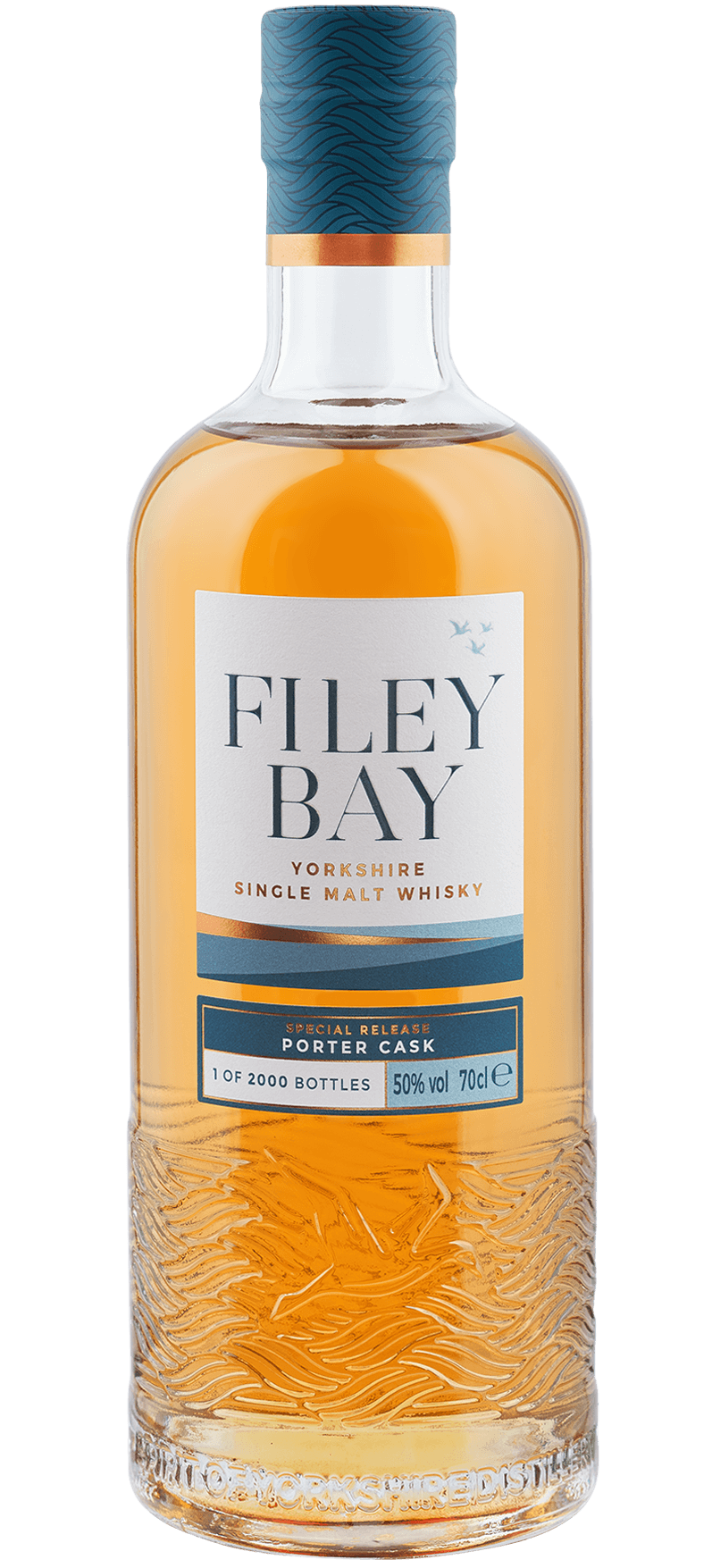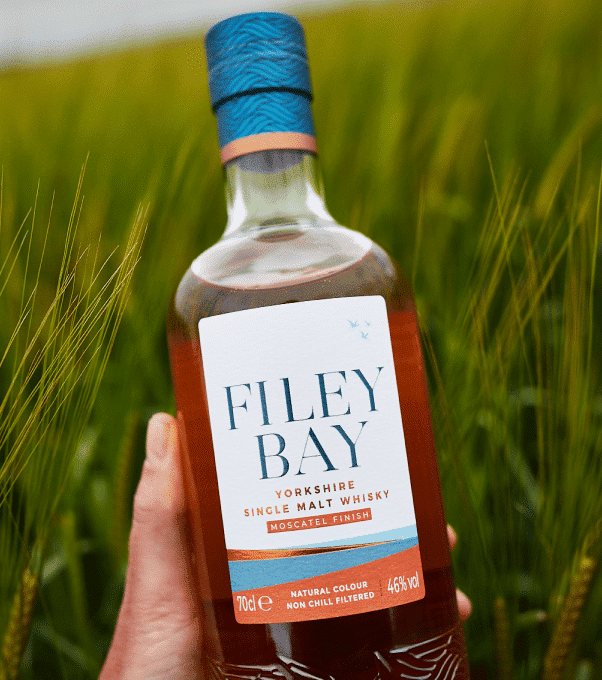Growing
Growing: Barley
Over the next few months on our blog we’ll be focusing on key production areas at our distillery. First up: Barley.
We’re in a pretty unique position as whisky distilleries go, ‘field-to-bottle’ production in the whisky industry is a real rarity. Field-to-bottle to us means that every drop of spirit that runs from our stills can be traced back to the fields on our farm so naturally, as you might expect, we take barley seriously. This unique perspective allows us to look at barley with three hats on so to speak: farmer, brewer and distiller. It also means that, for us, the whisky production process doesn’t just start with the milling of malted barley into grist; it starts a year before, in collaboration with an agronomist.
In the whisky-making process, lots of attention is often paid to malting (whether using peated or unpeated malt), distillation techniques and of course the oak casks, but in more recent years, the term ‘terroir’ (pronounced ter-wa) has also started to raise its head. A term often reserved for the wine industry and the language of sommeliers, it refers to the effects a landscape and its environment has on flavour. An idea or philosophy that, with the exception of some romantic stories of water sources and salty sea air, in the production of modern malt whisky has been largely ignored.
In whisky, it’s a relatively new concept that the earth and place in which the barley is grown can have an effect on taste. In the past couple of years, the question of barley varieties driving different flavours in whisky has been really coming to the forefront too, and that’s what we’re exploring in this post. (Stay tuned for further thoughts on terroir in the future…)
For many whisky distilleries, who buy-in their pre-malted barley, this might seem like an uncontrollable factor and unnecessary to think about (unless it’s been a bad harvest and malt is in short supply). But for farm-based distilleries like us, we can look at the conversation of barley varieties a little differently.
At Hunmanby Grange (the farm for the Spirit of Yorkshire Distillery and the Wold Top Brewery) barley has been grown for three generations of the Mellor family. Long before the brewing of beer and whisky production commenced, the barley we grew would be snapped up by Muntons Maltsters in the autumn and subsequently malted. The maltsters would, in turn, sell the malt to various distilling and brewing companies all over the UK, making for a steady rhythm of supply and demand of high-quality malted barley and, of course, plenty of delicious beer and whisky.
From a farming point-of-view, when it comes to barley, we want the most grain with a low nitrogen content otherwise it wouldn’t be suitable for malting, so quality and expert care of the crop to manage nitrogen levels is absolutely paramount. When considering the ultimate yield and extract of the malt, we also need to consider other inputs too – what variety of barley grows best in our chalky soil coupled with our coastal location. And of course, there’s the weather, which can never be predicted. Barley farmers (wherever they are) will, understandably, look to grow a variety that is in high demand. Effectively growing the highest quality and desirable crop possible to maximise the potential of the land and also the responsible management of the countryside. For example not choosing to grow an old barley variety that despite being in fashion in a new drink scene, might actually be less ethical when the land and environment is considered. Requiring more crop management to beat the bugs and diseases to grow a crop that will pass the quality test for malting.
Beyond the farm to the brewery the focus, as you might expect, shifts more towards flavour…
From the brewery perspective, it’s flavour-first creating malt driven character but also about the amount of sugar that will be extracted in the mashing process, as well as the consistency of supply. If you can’t replicate what works, then you can’t ensure that the quality and taste of a core beer expression remains the same.
And for a Distiller, it’s about all of the above, as well as the character of your new make spirit – can the variety of barley used impact the process in unexpected ways and therefore the overall flavour of the whisky?
Whilst there are many who would argue that the variety of barley will impact taste, others in the industry completely dismiss it. We’re on the fence here for now and within the Distillery team we have different points of view. We’re aware and interested in trials and research that some more established distilleries are conducting like Bruichladdich and Waterford, on both barley variety and terroir, and discussing the feasibility of investigating further ourselves. We have little doubt that swapping out our homegrown barley to a completely different variety from a different part of the world could create changes in our new make, as explored by whisky writer Dave Broom here in this experiment by Westland in the US. But would differences in flavour be driven by the genetics in that specific variety? Or the place it been grown? Or have they been driven by other production variables such as the malting? And if we did that, we wouldn’t be farm-to-grain, which is one of the things that makes us so different.
Like so many things in whisky, the answer is never black and white, but it always makes for interesting discussion and adds another layer of mystery to a drink that is yet to have its DNA fully unravelled by science.
Therefore each year at the farm we reassess the variety of barley and decide how we will crop our land against the key factors of yield, extract, consistency and ultimately the flavour at the brewery and distillery. This year, 80% of our acreage is spring-planted Concerto, which is very consistent in terms of yield and extract (and if taste can be ascribed to barley, then we think it tastes great in our beer and maturing malt so far!) But 20% will be Laureate, a new variety whose parentage is Concerto x Sanette and which is getting great results against all of our criteria in testing, so we’ll be closely monitoring it come harvest and beyond.
In fact, this year will be really interesting come July and August. The incredible weather in mid to late February meant that for the first time in memory, we had all the barley planted before the 1st March. Geoffrey, who worked on the farm for twenty years in the 80s and 90s, used to say “longer in bed, weighs like lead” so we’re quietly confident for yield, and we’ll be closely watching to see if the warmer February will impact the other factors too.

Growing





